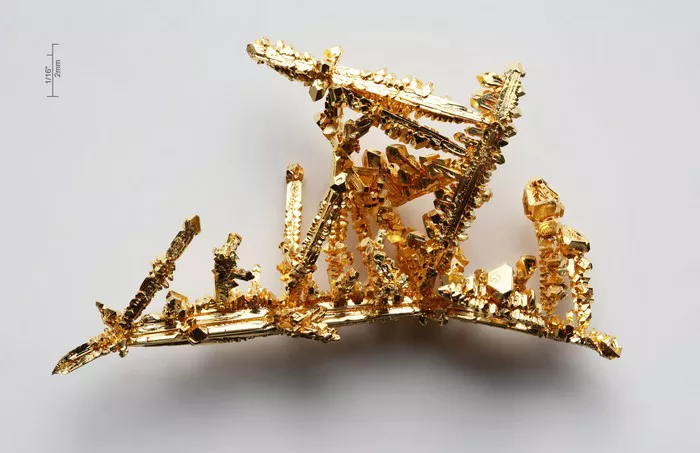Precious metals, including gold, silver, platinum, and palladium, are esteemed for their rarity, intrinsic value, and industrial applications.These metals have served as currency and stores of value throughout history, transcending civilizations and economic systems.
Reasons to Consider Investing in Precious Metals
Portfolio Diversification: Precious metals offer diversification benefits, serving as a hedge against inflation and currency devaluation.
Safe Haven Asset: During economic uncertainty or market volatility, precious metals tend to retain or even increase in value, providing stability to investment portfolios.
Long-Term Store of Value: Over the long term, precious metals have demonstrated the ability to preserve purchasing power, making them attractive assets for wealth preservation.
Types of Precious Metal Investments
Physical Bullion: Direct ownership of physical metals in the form of coins, bars, or rounds offers tangible assets that can be stored securely.
Exchange-Traded Funds (ETFs): ETFs provide exposure to precious metals without the need for physical ownership, offering liquidity and convenience to investors.
Mining Stocks: Investing in companies involved in precious metal exploration, extraction, and production can provide exposure to the industry’s potential growth and profitability.
Futures and Options: Derivative contracts based on precious metal prices allow investors to speculate on price movements or hedge against adverse market conditions.
Factors to Consider Before Investing
Risk Tolerance: Precious metals can be volatile, requiring investors to assess their risk tolerance before allocating capital.
Storage and Security: Physical bullion ownership necessitates secure storage arrangements, which may incur additional costs.
Liquidity: Consider the ease of buying and selling precious metals, particularly for physical holdings, to ensure liquidity when needed.
Market Timing: Assess current market conditions and future outlooks to make informed investment decisions.
Performance of Precious Metals
Historical Performance: Analyze historical price movements and performance relative to other asset classes to gauge potential returns and risk.
Supply and Demand Dynamics: Factors such as investor demand, industrial usage, mining output, and geopolitical tensions influence the price of precious metals.
Risks Associated with Precious Metals Investments
Price Volatility: Precious metals can experience significant price fluctuations in response to market conditions and external factors.
Counterparty Risk: Derivatives and mining stocks expose investors to counterparty risk, unlike physical bullion ownership.
Regulatory and Geopolitical Risks: Changes in government policies, regulations, or geopolitical tensions can impact precious metals markets, affecting investment returns.
Tax Considerations
Capital Gains Tax: Profits from precious metal sales may be subject to capital gains tax, depending on the jurisdiction and holding period.
Tax Treatment of Investments: Different investment vehicles, such as physical bullion, ETFs, and mining stocks, may have varying tax implications for investors.
Long-Term Outlook for Precious Metals
Supply and Demand Trends: Consider global economic growth, inflation expectations, central bank policies, and industrial demand to assess long-term prospects for precious metals.
Investor Sentiment: Short-term market sentiment towards precious metals can influence prices but may not reflect long-term fundamentals.
Conclusion
In summary, investing in precious metals offers diversification benefits, stability during market turmoil, and potential long-term value preservation. However, it’s essential for investors to weigh the advantages against risks, considering personal circumstances, goals, and risk tolerance. Conducting thorough research and seeking professional advice can help investors make informed decisions in this dynamic investment landscape.


